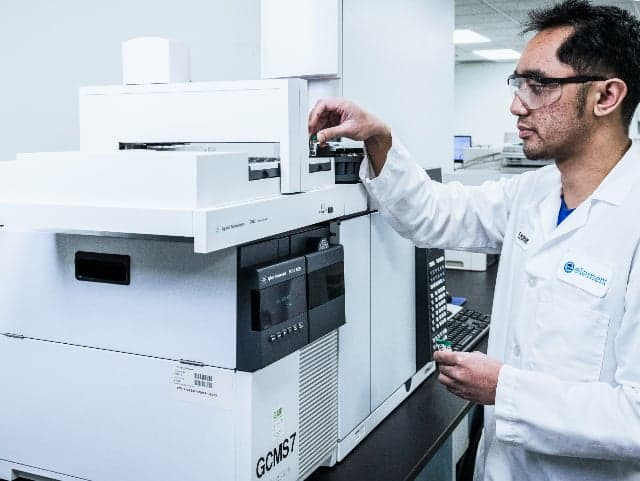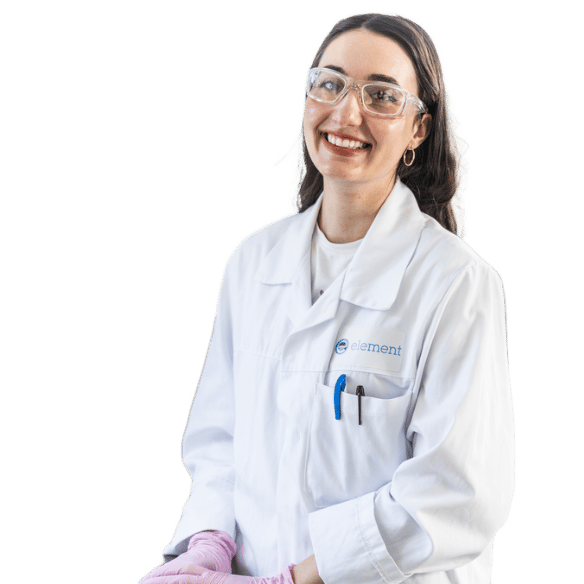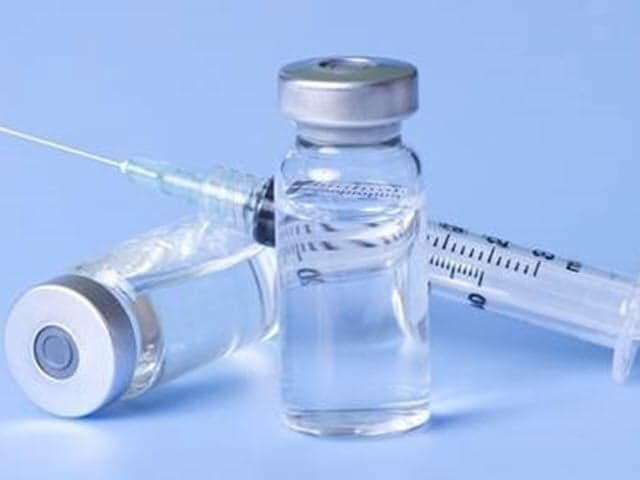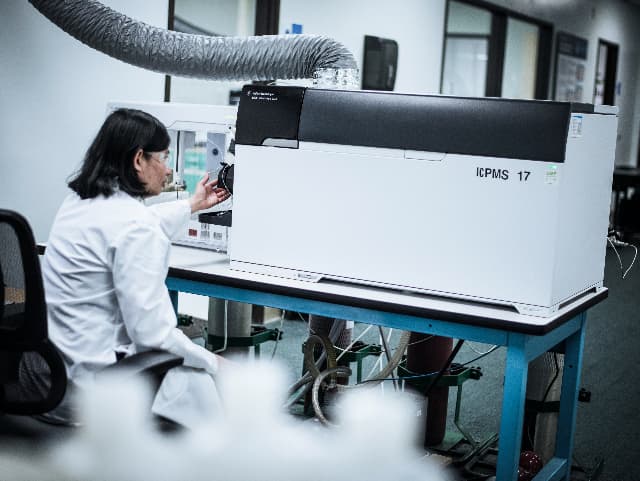Residual Solvents Testing – USP 467 & ICH Q3C Services
Ensure your pharmaceutical products meet regulatory compliance while prioritizing patient safety with our comprehensive Residual Solvents Testing – USP 467 & ICH Q3C Services. We offer rapid turnaround, custom method development, and expert guidance to resolve OOS issues and test unique solvents. From method transfer to low-level detection, our collaborative approach ensures your pharmaceutical products meet the highest standards fast.

What is Residual Solvents Testing – USP 467 & ICH Q3C Services at Element?
Residual solvents testing identifies and quantifies potentially harmful volatile organic compounds remaining in pharmaceutical products after manufacturing. At Element, we provide comprehensive testing services in compliance with USP <467> and ICH Q3C guidelines, ensuring your products are free from toxicologically significant levels of solvents that could pose risks to patient health.

What Can Element Offer You For Residual Solvents Testing?
Key tests offered
Key tests offered
Our residual solvents testing services include identification and quantitation of Class 1, 2, and 3 solvents as categorized by USP and ICH guidelines. We determine whether your products meet permitted daily exposure (PDE) limits and conduct comprehensive analysis to detect solvents at the lowest possible levels, giving you confidence in your product's safety profile.
- Class 1 solvents (to be avoided) - known/suspected carcinogens and environmental hazards
- Class 2 solvents (to be limited) - non-genotoxic carcinogens and agents causing potential toxicity
- Class 3 solvents (low toxic potential) - solvents with PDE of 50mg or more per day
Components and materials we test
Components and materials we test
We provide comprehensive residual solvents testing for all your pharmaceutical needs, from raw materials and excipients to finished drug products and substances. Our expertise extends to specialized applications like medical tubing and water-insoluble medical devices, ensuring you have a testing partner who understands your unique product requirements.
Methods and solutions offered
Methods and solutions offered
Beyond standard USP <467> and ICH Q3C testing, we develop and validate product-specific analytical methods for unique solvents not addressed in regulatory guidance. Our consultative approach means we work collaboratively to identify contamination sources, resolve OOS issues, and implement effective control strategies for residual solvents—all while offering rush testing when your timelines demand it.
- Custom method development for unique solvents
- Method validation according to ICH Q2 guidelines
- Transfer of existing methods to our laboratories
- Rush testing service for time-critical projects
Our collaborative approach
Our consultative regulatory and scientific experts work as an extension of your team, looking for potential sources of solvent contamination and helping you eliminate and control residual solvents. We don't just identify problems—we help solve them, offering guidance that ensures your products remain compliant while minimizing delays to your timeline.
Water-insoluble devices
Our expertise extends beyond standard pharmaceutical applications. We have specialized experience modifying USP <467> methods for use with water-insoluble medical devices and other complex products. This adaptability ensures that even your most challenging products can be properly tested for residual solvents in compliance with regulatory requirements.
Cutting-edge equipment we use
Cutting-edge equipment we use
Our state-of-the-art laboratories utilize advanced gas chromatography mass spectrometry (GC/MS) methods to identify and quantitate residual solvents to the lowest possible levels of detection. This technology provides the sensitivity and specificity required for accurate residual solvent analysis, ensuring your products meet all regulatory requirements.
Which labs offer this service
Which labs offer this service
Our team operates from Life Sciences hubs across the world, providing global access to our expert capabilities. Find your nearest Life Sciences hub on our Locations Page.
Standards we test to and products we test
- USP <467> Residual Solvents
- ICH Q3C Residual Solvents Guidelines
- Ph. Eur./EP 5.4
- ICH Q2 Guidelines for Validation of Analytical Procedures
Pharmaceutical Products
- Drug products
- Drug substances
- Excipients
- Raw materials
Medical Devices
- Medical tubing
- Water-insoluble medical devices
Your Challenges, Our Solutions
Regulatory compliance hurdles
Patient safety concerns
Unique solvent challenges
Time-sensitive deadlines
Why Choose Element

Consultative expertise
Specialized method development
OOS resolution capability
Most precise detection
Frequently asked questions
What are residual solvents and why must they be tested?
Residual solvents are volatile organic compounds that remain in pharmaceutical products after manufacturing. They provide no therapeutic effect and present a risk to patient health. Regulatory agencies require their control to ensure products are free from toxicologically significant levels of these compounds.
What classes of solvents are defined in USP <467> and ICH Q3C guidelines?
The guidelines divide solvents into three classes: Class 1 (to be avoided) includes carcinogens and environmental hazards; Class 2 (to be limited) includes non-genotoxic carcinogens and other toxic agents; and Class 3 (low toxic potential) includes solvents with PDE of 50mg or more per day.
What if my product uses solvents not addressed in the standard guidelines?
If you use solvents not included in ICH Q3C or USP <467> guidance, Element can establish a suitable residual solvent testing method and determine acceptable PDE limits for that particular solvent, ensuring your product meets all regulatory requirements.

Explore our global network of labs and find your nearest location
VIEW ALL LOCATIONSRelated services

Analytical Testing Services
Element provides accredited analytical testing services, supporting life sciences with regulatory compliance, tailored methodologies, and expert consultancy to streamline product development and mitigate risks.

Extractables and Leachables Testing Services
Element provides tailored extractables and leachables testing (E&L) studies to ensure patient safety and compliance with regulatory requirements.

Trace Metal Testing and Analysis Services
Element offers trace metal testing and impurity analysis services, addressing safety, compliance, and contamination challenges for pharmaceutical products with advanced techniques and global expertise.
